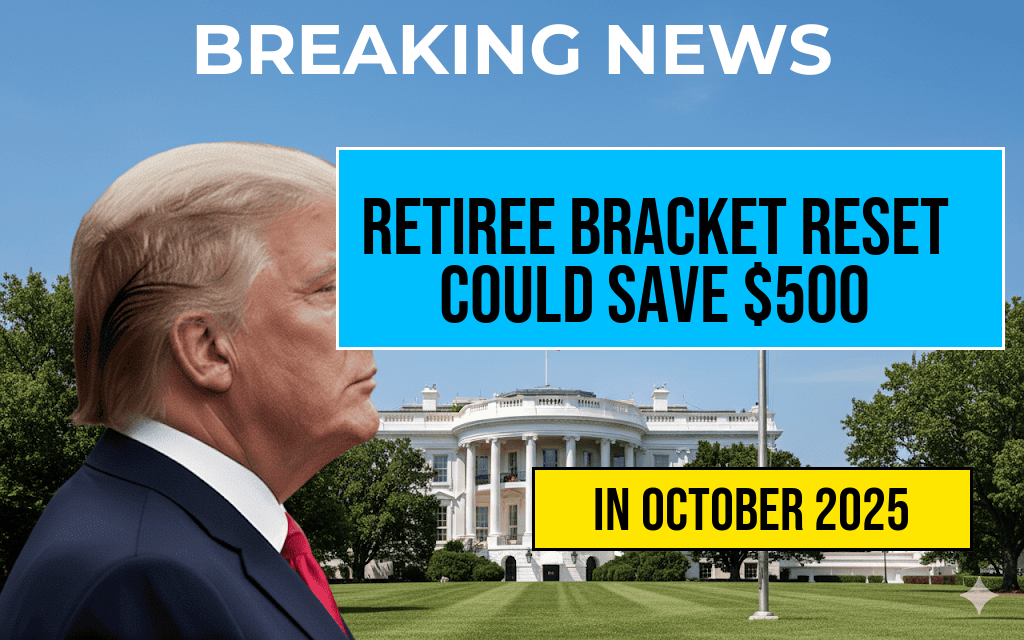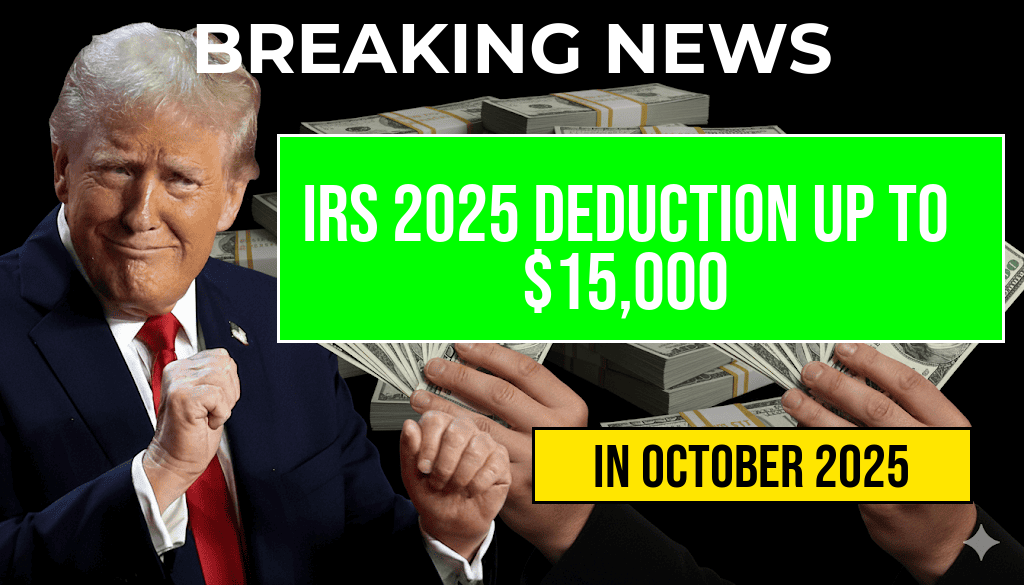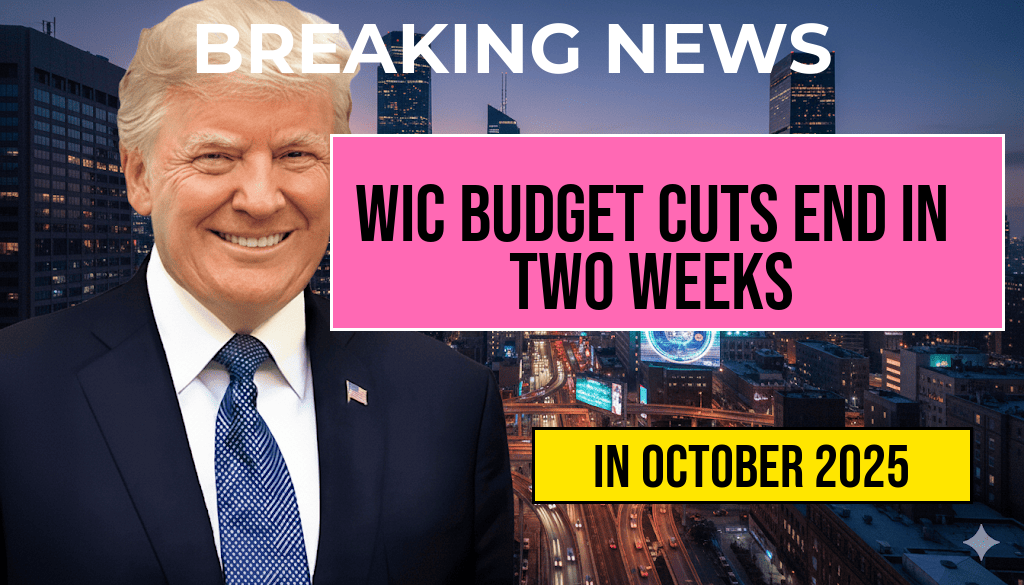Retiree Bracket Creep Reset for 2026 Could Save You Over $500—Explore the Updated Income Thresholds
Retirees and future retirees should mark their calendars for 2026, when a long-standing but often overlooked policy adjustment known as the “retiree bracket creep reset” will take effect. This adjustment is designed to prevent inflation from subtly pushing seniors into higher tax brackets or reducing benefits, which can erode their purchasing power over time. The reset is projected to potentially save eligible retirees over $500 annually by recalibrating income thresholds and benefit calculations. As the government updates these figures, understanding how the changes impact your retirement planning is more important than ever. This article explores the specifics of the upcoming reset, key income thresholds, and how retirees can prepare to maximize their benefits.
What Is the Retiree Bracket Creep Reset?
The retiree bracket creep reset is a policy mechanism that adjusts income thresholds used to determine tax liabilities and benefit calculations for seniors. Without these adjustments, inflation can cause retirees’ nominal income to increase slightly each year, pushing them into higher tax brackets or reducing eligibility for certain benefits, despite their real purchasing power remaining unchanged. The reset aims to realign these thresholds with current economic conditions, ensuring retirees are not unfairly penalized as prices rise.
Originally introduced through legislative measures and tax reforms, the reset has been periodically updated. Its purpose is to maintain fairness in the tax system and preserve the value of benefits like Social Security and Medicare, which are crucial for millions of Americans aged 62 and older.
Key Income Threshold Changes Coming in 2026
In 2026, the upcoming reset will recalibrate the income brackets used for taxation and benefit eligibility. The changes are based on the Consumer Price Index (CPI) and are designed to reflect recent inflation trends. Here’s a breakdown of the anticipated adjustments:
| Income Bracket | 2025 Threshold | 2026 Threshold (Projected) | Change |
|---|---|---|---|
| Taxable Social Security Benefits | $25,000 | $27,000 | + $2,000 |
| Medicare Income-Related Monthly Adjustment Amount (IRMAA) | $91,000 | $94,500 | + $3,500 |
| Retirement Income for Tax Brackets | $80,000 | $85,000 | + $5,000 |
These increases mean retirees can earn more without facing higher taxes or losing benefits, effectively shielding their retirement income from inflation-induced bracket creep. Notably, the thresholds for Social Security benefits taxation and Medicare premiums are among the most significant adjustments, directly impacting the financial planning of millions.
How the Reset Could Save Retirees Over $500 Annually
By recalibrating the income thresholds, retirees who previously found themselves just over certain limits may now benefit from lower taxes or higher benefit entitlements. For example, a retiree earning $26,500 in 2025 might have faced increased taxation on their Social Security benefits, but with the 2026 reset, the threshold rises to $27,000, potentially saving them over $500 annually in taxes or premiums.
Experts estimate that approximately 20% of seniors could see a benefit increase or tax relief due to these adjustments, especially those close to the new thresholds. For retirees managing fixed incomes, these changes can significantly improve financial stability and ease the stress of inflation.
Additional Considerations for Retirees
While the reset provides an important safeguard, retirees should also consider other factors that influence their financial health:
- Inflation-adjusted savings: Ensuring savings grow at or above inflation remains critical.
- Tax planning: Consulting with financial advisors to optimize withdrawals and minimize tax liabilities.
- Benefit maximization: Staying informed about eligibility criteria for programs like Medicare and Social Security to avoid unnecessary reductions.
Retirees should review their income projections and compare them against the upcoming thresholds to preempt any surprises. Government resources, such as the Social Security Administration’s website and IRS publications, offer detailed guidance on how these changes may impact individual situations (SSA.gov) and retirement planning strategies (IRS.gov).
Implications for Policy and Future Planning
The 2026 reset underscores the importance of adaptive policy measures in maintaining the financial security of retirees amid economic fluctuations. As inflation continues to influence everyday costs, these adjustments are vital for ensuring that fixed-income seniors are not left behind in the economic landscape. Policymakers and advocacy groups are closely monitoring the implementation of these thresholds to evaluate their effectiveness and consider further reforms.
Retirees who stay informed about these changes can better navigate their financial futures, avoiding unnecessary tax burdens and safeguarding their benefits. The upcoming adjustment serves as a reminder that proactive planning remains essential in a fluctuating economic environment.
Frequently Asked Questions
What is the retiree bracket creep reset for 2026?
The retiree bracket creep reset for 2026 is a policy adjustment that updates income thresholds for retirees, potentially reducing tax burdens and increasing retirement benefits. This reset aims to prevent inflation from pushing retirees into higher tax brackets over time.
How much could I potentially save with the 2026 reset?
The 2026 bracket creep reset could help you save over $500 annually by keeping your taxable income within lower brackets and avoiding increased tax rates due to inflation adjustments.
What are the updated income thresholds for retirees in 2026?
The updated income thresholds for retirees in 2026 have been revised to reflect current economic conditions, helping retirees maintain their income levels without facing higher taxes. Specific figures depend on your filing status and income sources.
How does the 2026 reset impact retirees’ tax obligations?
The 2026 reset aims to lower tax obligations for many retirees by adjusting the brackets, ensuring inflation doesn’t inadvertently increase their taxable income and tax rates over time.
Who should consider reviewing their retirement income planning in light of the 2026 reset?
Retirees and those approaching retirement should review their income strategies to maximize benefits and minimize taxes, especially considering the upcoming 2026 bracket adjustments. Consulting a financial advisor can help optimize your retirement planning.










